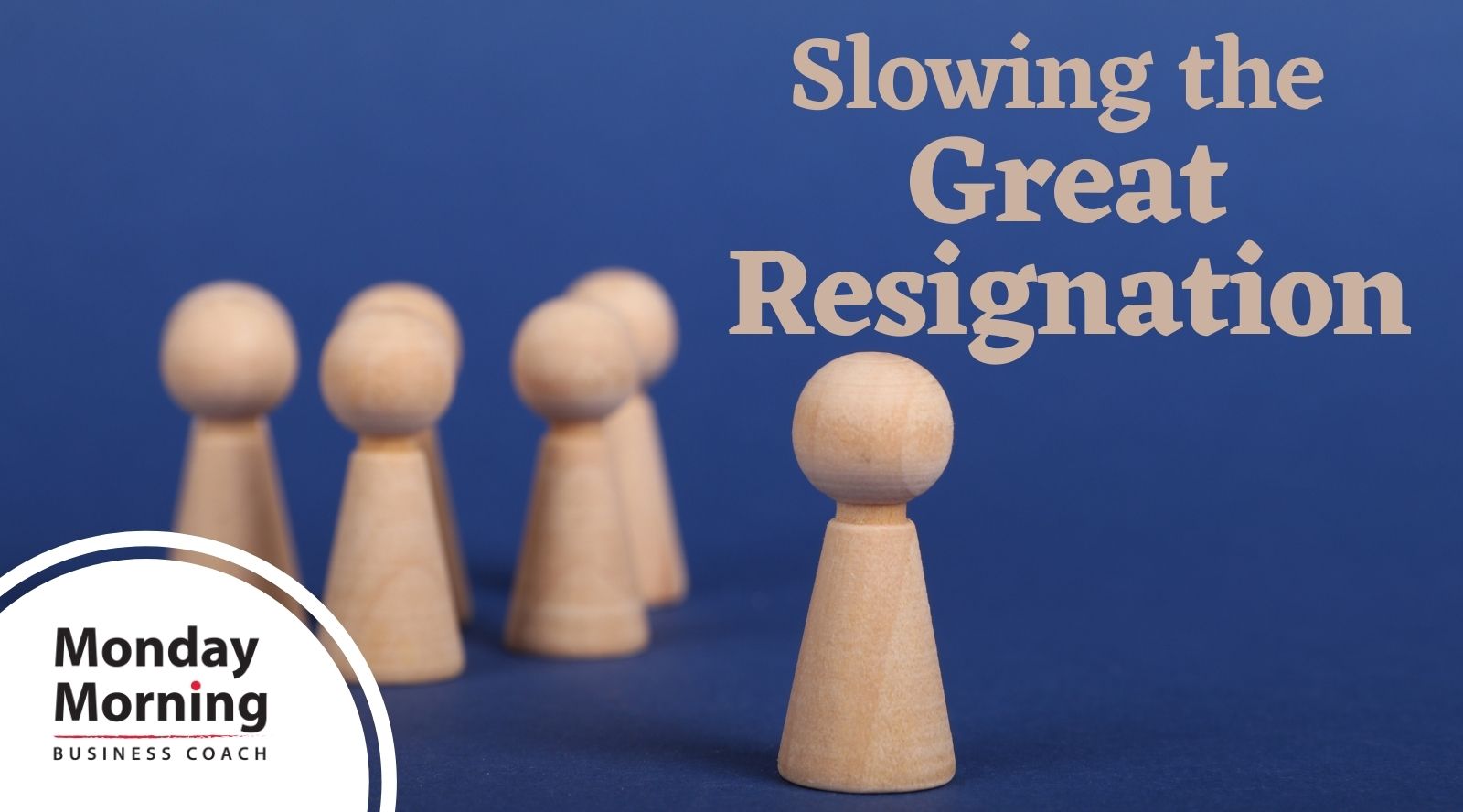Our dear friend and fellow coach, Phyllis Washington wrote to us about the Great Resignation. As a leader who worked for many years at IBM, she wanted to share her insights on how she and other leaders of the time were able to keep very talented people from leaving the organization. Today, we’re sharing her insights with you.
Where do I begin? Right here is as good plenty, I presume.
Reflecting on 1984, when I became an IBM employee, I felt like I “died and went to Heaven.” I even used those specific words to describe the excellent working environment and how I felt about being an IBM’er.
I was thrilled as I had worked diligently to get hired. I remember interviewing with my second line manager, who distinctly said, “We are very selective with who we interview and even more selective with whom we hire.”
I was inspired that I made the cut not once, but twice! I bring this up because I felt like part of a family working at IBM in those early days. I felt cared for by my manager, as well as the management team, and my fellow staff members.
Collectively, we had pretty much full autonomy to run the business. It was a great feeling and made a big difference for me and other IBM’ers. Unfortunately, things changed with the company down the road in my long-time career there. Nevertheless, the journey was a learning experience for me.
Those early days were unforgettable and a priceless staple in my development as a leader.
As a leader, it was critical to me to help employees thrive. Why? For lots of reasons, but mostly because they needed to feel like they belonged. Besides being the right thing to do, it was my duty to cultivate and develop employees. This is even more true today, aiding employees to succeed is essential to keeping good people on your team.
Good employees are hard to find and even harder to keep, especially in the face of “The Great Resignation.” The Great Resignation is predicted to continue to grow over the next six months. Employees are exiting stage left at an unbelievably high rate.
Is there something you can do to personally slow this talent drain down?
In my career, I found that there were 3 things that helped keep good people on board:
1. Communicate from the Heart
Talking to an employee on a superficial level will not cut it to keep them engaged and working in their job. They need real-life connections with their leaders; leaders must be there for them. They need to feel it and know it at the heart level.
If you don’t feel confident communicating in this way, it may be time to get some training/coaching to develop this skill. Leaders can be a partner in truly helping employees become their best self. Communicating effectively from the heart can help employees blossom and feel safer.
Managers who have the ability
to share from the heart
are having the greatest impact
in the business world today.
2. Lead Courageously
Directors and Middle Managers struggle in this area, and I’ve seen it first-hand on many occasions.
Let’s be honest; it is very challenging to push back or stand up for an unpopular theme with an executive team when other priorities are top of their minds. However, when it comes to losing good people, talented people, who company leaders have invested in, be prepared to “walk the plank” for them! I use the term “walk the plank” endearingly and cautiously.
I once worked with a powerful executive administrative team. We used the term, “walking the plank” when we had to make a critical decision without the benefit of executive input. We would collaborate with other team members/other management, weigh the options, and decide. And 97 percent of the time all was well with that decision and us operating in that way.
Was it frightening? Usually. Was it worth it? Absolutely.
I salute the powerful women I worked alongside; they taught me so much about courage, teamwork, execution, and leadership.
Remember to acknowledge your courage
and stand up for the people who matter!
3. Maintain a Caring spirit and attitude
When you care about someone, it goes a long way, even if you can’t change things for them.
Knowing that you care and taking a stand for them is a positive step toward making a real connection with employees. As a leader, it’s critical that you do not pretend, because people can see right through that façade.
Be okay with sharing from a place of truth and vulnerability. Put yourself in their shoes and see the struggles employees are living with right now, on top of the job they have to do. It’s overwhelming!
Lead with a servant heart
and a spirit of inspiration
when it comes to your employees –
and to yourself and your peers.
Think about a few ways to enhance your interactions and communications with employees and try out these steps to get people more engaged.
Find out what they want, need, and value. Be willing to courageously stand for them with your executive team. Support them to feel seen and heard. Recognize who they are and what they’ve accomplished.
And lastly, show them that you care about who they are and what they’re going through. Meet them where they are, and hopefully, these things will make a difference in helping them feel more valued and fulfilled; you too.
Take a moment this week to think about how the 3 C’s could help you to keep your most talented employees and create a culture that allows everyone to thrive. In addition to sharing her thoughts, Phyllis is also sharing access to her eBook, 7 Secrets Every Director Needs to Thrive In 2021.
Let us know how you’re retaining your most talented employees.



